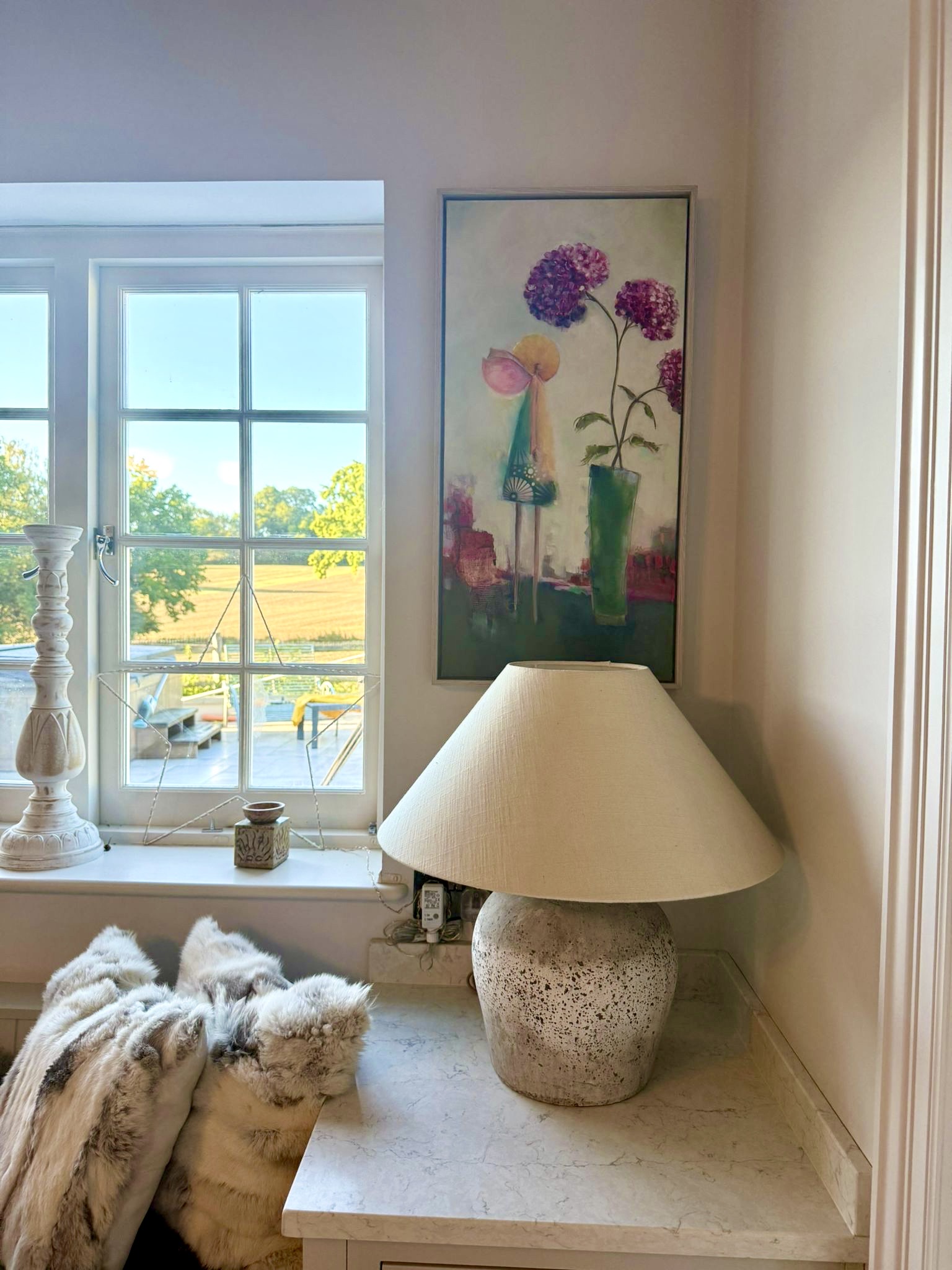The Value of Art
The value of art is a subject that can be approached from many angles — aesthetic, emotional, cultural, technical, and financial. Over the past 25 years, I have worked across almost every point in the art world: from selling the work of local artists who had never exhibited before, to representing established names with international followings, to observing the blue-chip market where pieces are as much assets as they are artworks.
This breadth of experience has shown me that The Value of Art can shift dramatically depending on the context. At one end, a painting might be purchased for the joy it brings to someone’s home. At the other, it may be acquired purely for investment — driven by market trends, auction results, and an artist’s position in the cultural hierarchy. Both have legitimacy, but they measure value in very different ways.
The Value of Art in Different Markets
In local galleries, the value of art often lies in connection — a collector responding to a painting because it speaks to them. For emerging artists, the first sale can be as much about encouragement and recognition as about money. For established artists, value can be tied to a solid career foundation, consistent quality, and a body of work that is widely collected.
Then there is the blue-chip market, where art can function like currency. Here, the value of art is often linked to scarcity, reputation, and the track record of sales. A work may be sought after not for its subject matter or aesthetic qualities, but because owning it signals a certain cultural status or represents a safe investment.
Yet the financial aspect is only one part of the picture. The value of art also exists outside the marketplace, in the originality, craftsmanship, and authenticity of the work itself.
The Value of Art in Originality and Voice
Originality is one of the most enduring measures of value. Artists may learn from others — as Austin Kleon writes in Steal Like an Artist — but true value emerges when influences are transformed into something fresh. A distinctive voice makes work recognisable and resonant.
Art history is full of examples of originality redefining what art can be. Andy Warhol reframed mass consumerism through his Pop Art; the Fauves brought colour straight from the tube in ways that shocked, following the Impressionists. These artists built on what came before, yet created something unmistakably their own.
However, originality without foundation can struggle to hold weight. Which leads to another dimension of the value of art — the skill behind it.
The Value of Art in Skill and Craftsmanship
Skill gives form to vision. Whether it is colour theory in painting, composition in photography, or the technical demands of sculpture or ceramics, craftsmanship shapes how an idea is expressed and received. A piece may be bold in concept, but without skill, it risks feeling unfinished or insubstantial.
Conceptual works often generate debate — from a light turning on and off in a gallery, to installations that at first seem puzzling. Seen in isolation, these pieces can appear simplistic. But viewed as part of an artist’s wider practice, they may reveal layers of meaning and intentionality.
The value of art here lies in the synthesis of concept and execution. Rules can be broken — as the Fauves proved — but when they are broken with purpose and knowledge, the results often stand the test of time.
The Value of Art as an Authentic Expression
Beyond markets, originality, and skill, the value of art often comes from authenticity. For many artists, creating is not optional; it is a vocation, a way of making sense of the world. The pull to make work comes before thoughts of selling it.
When art is created from a place of authenticity — rather than to chase trends or second-guess buyers — it carries a certain presence. Collectors can often feel the difference. Confidence in one’s work and the conviction to stand by it can create an energy that draws people in.
This is not to say that every piece will find an audience. However, the value of art, at its most personal, can lie in the act of making — in the process of exploration, refinement, and self-expression.
The Value of Art in Cultural and Personal Legacy
Art does not exist in a vacuum. It enters the world, becomes part of conversations, influences thought, and sometimes shifts cultural perspectives. This long view adds another layer to the value of art — the way it can leave a mark, whether through beauty, provocation, or new ideas.
Some works endure precisely because they broke boundaries while still holding to strong artistic foundations. Others are valued for the way they speak to a moment in time. For an artist, the measure may not be whether the work sells for millions, but whether it holds meaning — for themselves, for those who see it, and for the broader cultural landscape.
Ultimately, The Value of Art is never singular. It can be measured in terms of currency, skill, originality, authenticity, or legacy — and often in a combination of all these factors. The richness of art lies in the fact that it holds space for all of them at once.
Art Advisory – Thinking About Collecting
Navigating the art world — from galleries to auction houses — can be a minefield.
If you ever have questions or need guidance, I’m always happy to help.
If you’re looking to start or build a collection, I offer free private consultations shaped by over 25 years of experience — from sourcing to placement, with a focus on intuitive, considered choices that align with your space and vision.


